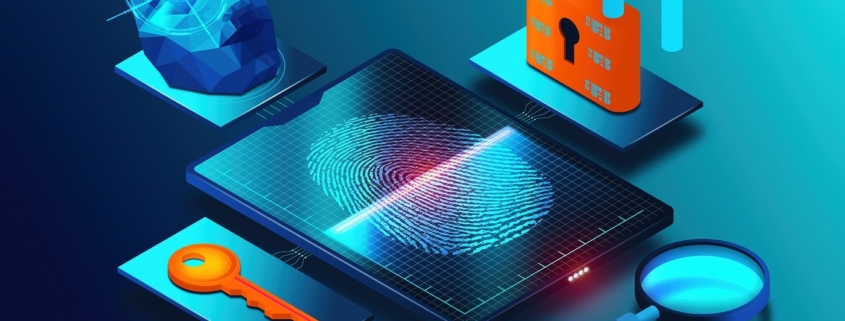Teams, Slack, and GitHub, oh my! – How collaborative tools can create a security nightmare
When building Teams security, first determine the level of risk your organization is willing to accept. For example, do you want Teams to be open to anonymous users or limit it strictly to internal users?
To adjust this setting, perform the following steps:
If you decide that guest access is to be allowed on your network, you need to be aware of the potential for Teams to be used as a means for attack. You can improve security by deploying more phishing-resistant authentication methods, such as number matching, rather than merely allowing automatic approval of the prompt.
Next, consider implementing Conditional Access rules. This requires additional licensing to implement but may be wise, as attackers turn more and more to using the cloud as a launching point for attacks.
Conditional access rules will allow you to restrict Microsoft 365 logins by using stronger authentication techniques as well as increasing the various strengths of built-in authentication: Multifactor authentication strength, Passwordless MFA strength, and Phishing-resistant MFA strength.
You may decide to limit your Teams interactions to approved domains rather than leaving it open to new and anonymous users. And of course, educating end users only to accept files from trusted partners is crucial.




